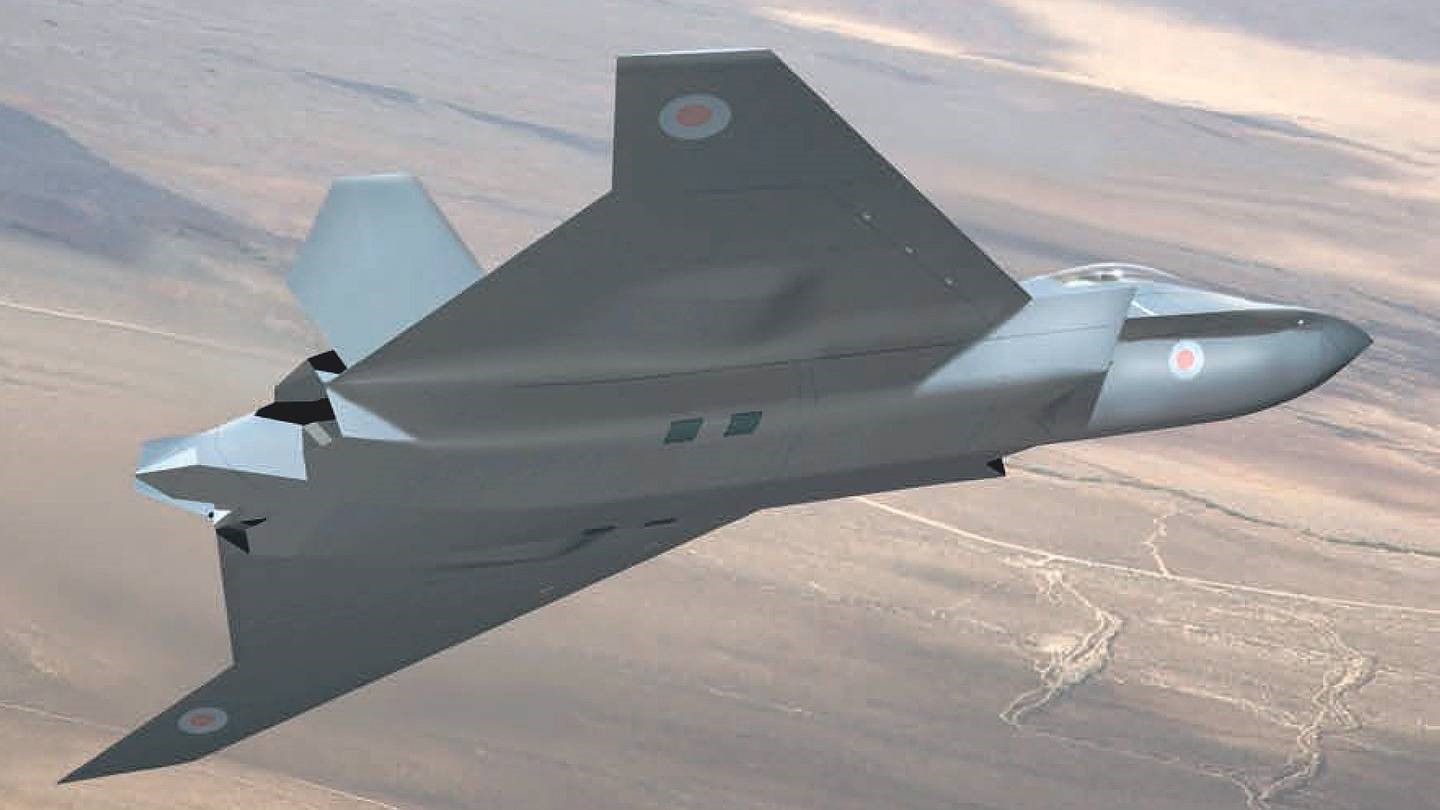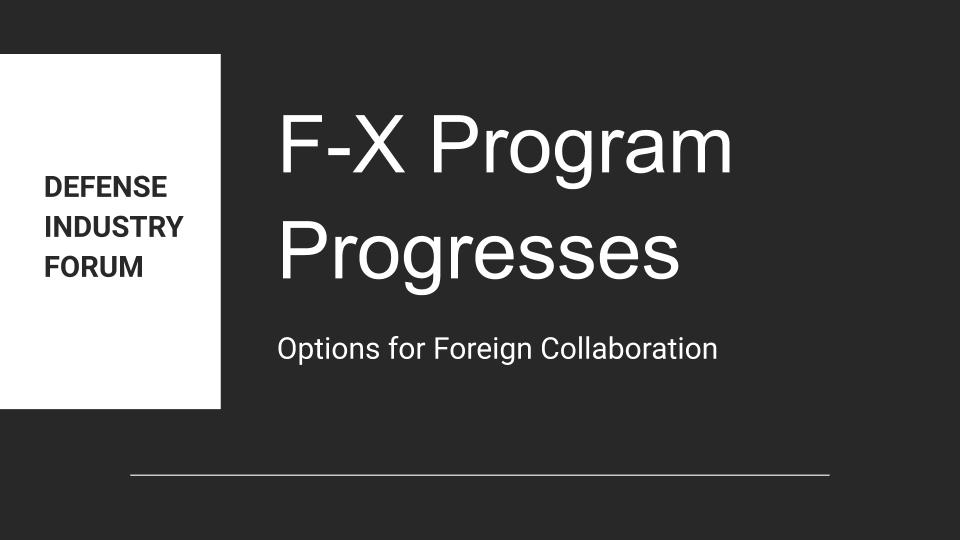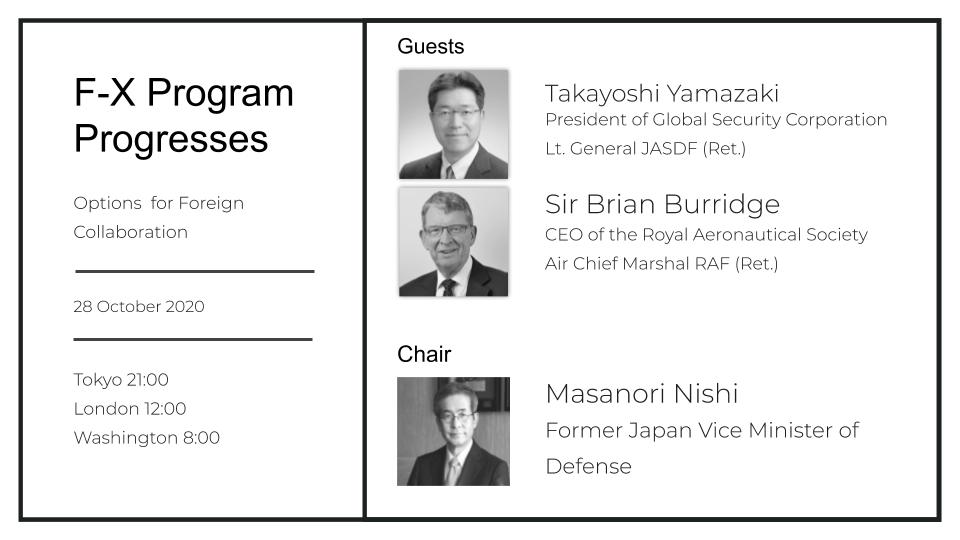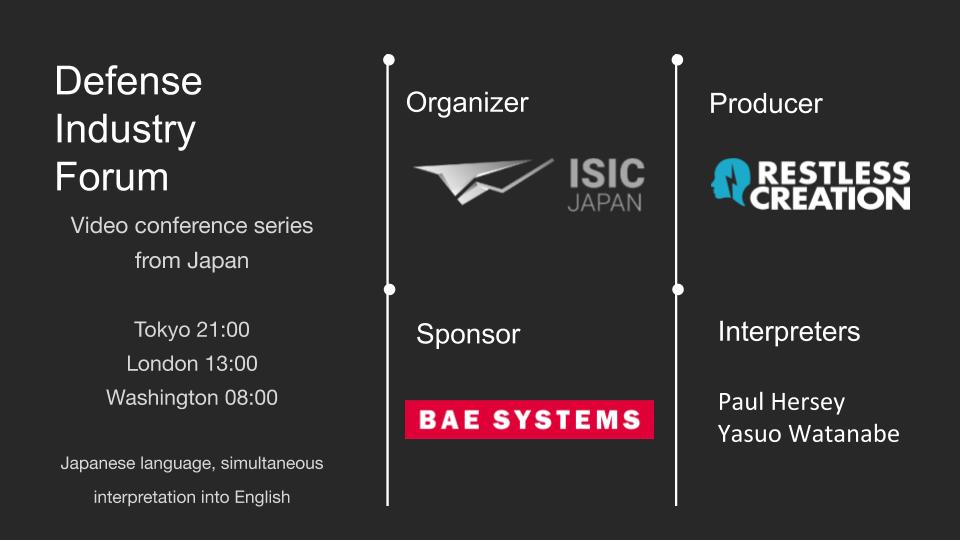2020
October
28
F-X Program Progresses
Options for Foreign Collaboration
The Japanese government’s plan to develop a next generation fighter aircraft – the F-X – is seen as critical both to develop an advanced multirole combat aircraft and to preserve the country’s engineering and manufacturing skills base.
While a “Japan-led” approach to F-X acquisition emphasizes sovereign control over all aspects of aircraft development and support, it also assumes a significant degree of international support in key technologies, systems integration, and “know-how” associated with reducing program risk and cost.
Japanese government and industry stakeholders face an unprecedented challenge in building a base of international support needed for a project as ambitious as F-X. Potential foreign industry collaborators must perceive a sound business case for participation, while foreign governments must see justification for approving the transfers of sensitive technologies required for the involvement of their companies.
The first F-X webinar broadcast on September 9 addressed the intended role of this aircraft in Japan’s force structure, as well as the need for a clear understanding of operational requirements on which to base a structure for the level of international collaboration envisaged by Japanese defense officials.
This program will focus on a critical challenge – whether F-X can become a prime example of how to build international government and industry partnerships without compromising national sovereignty and control.
Reviews of other international combat aircraft programs can provide valuable insights – positive and otherwise – on how Japan may best define and implement a path for F-X development. The UK’s Tempest future fighter program is a key example.
Through involvement in a number of collaborative military aircraft program since the 1960s the UK has developed an approach that balances the competing needs of efficiency and budget management, sovereign technology control, national manufacturing priorities and interoperability with key allies.
October 28, 2020
| Washington | 08:00 |
|---|---|
| London | 12:00 |
| Paris | 13:00 |
| New Delhi | 17:30 |
| Tokyo | 21:00 |
| Canberra | 23:00 |
- No presentations available
- No documents available
- No links available













